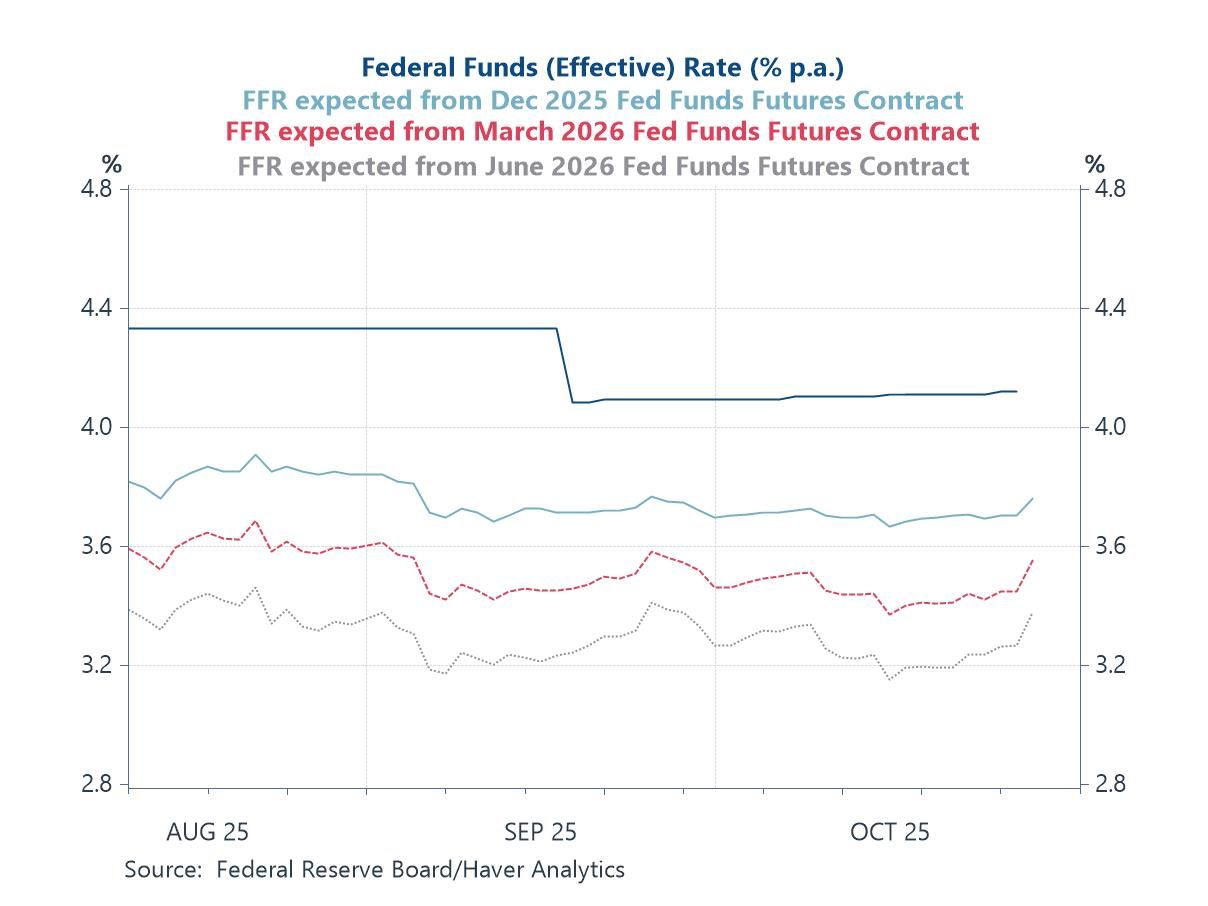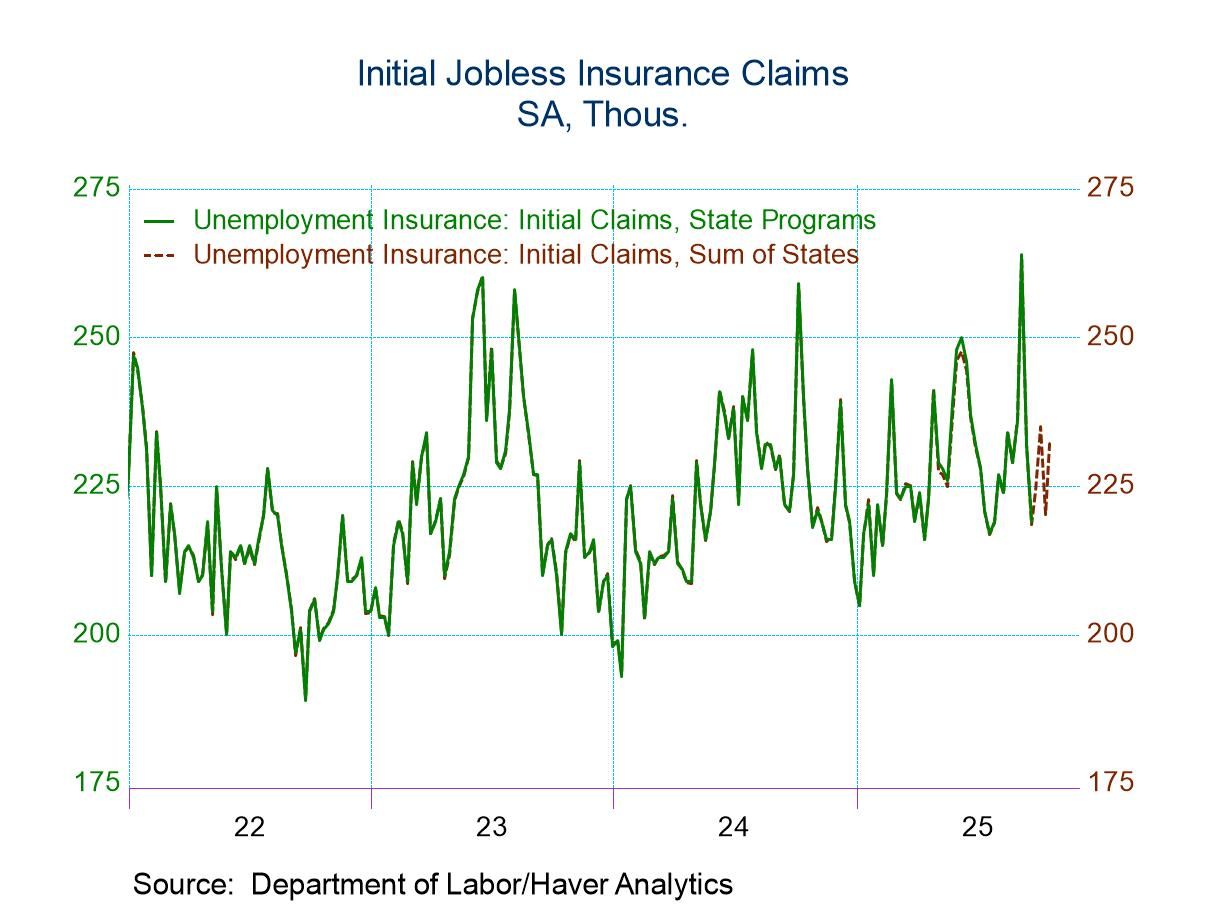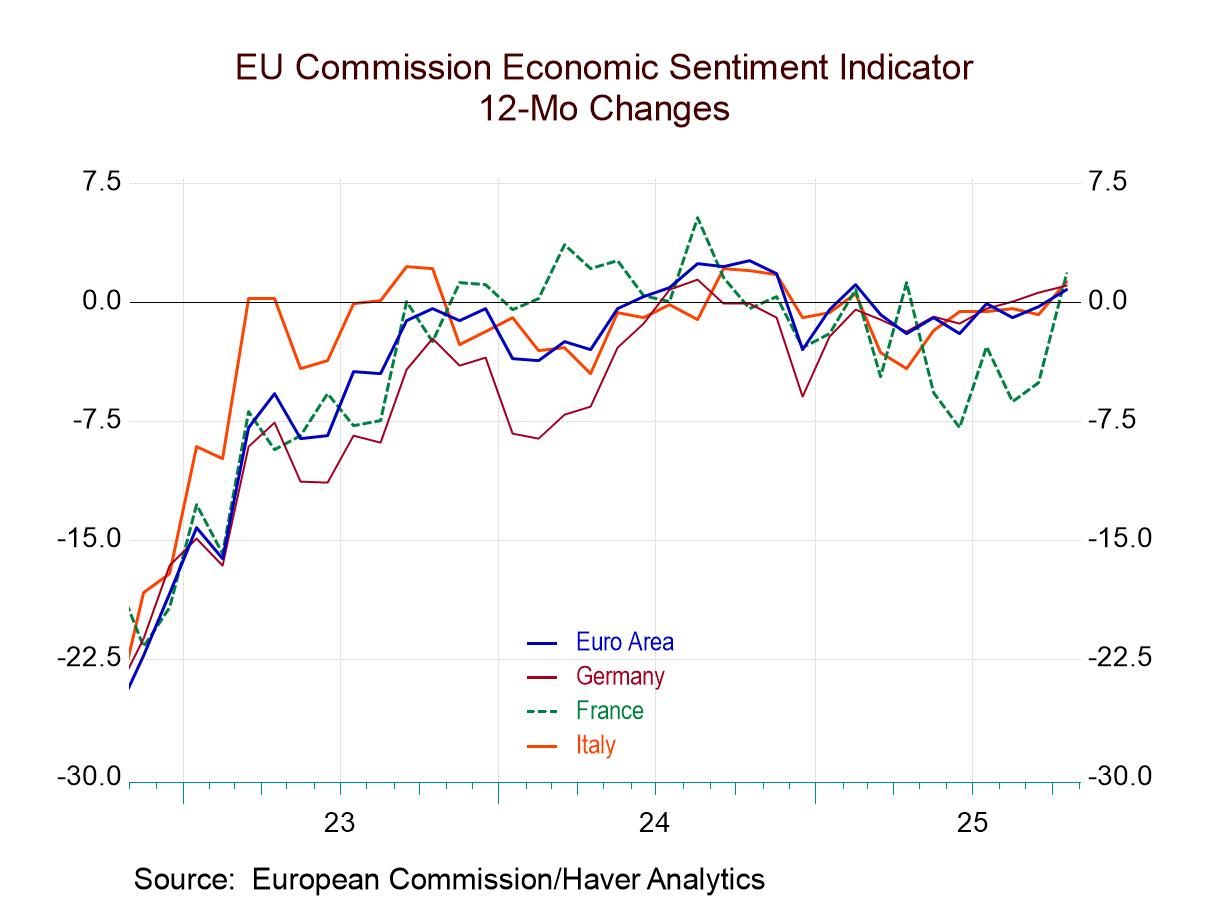Initial claims for unemployment insurance fell to 340,000 (-9.1% y/y) during the week ended March 2 versus 347,000 a week earlier (revised from 344,000). Consensus expectations were for 355,000 claims. The four week moving average of claims fell to 348,750, the lowest level since March 2008. During the last ten years, there has been a 75% correlation between the level of claims and the m/m change in nonfarm payrolls.
Continuing claims for unemployment insurance in the week ended February 23 ticked up to 3.094M (-10.0% y/y). The four week moving average of continuing claims fell to 3.122M. The insured rate of unemployment held at 2.4%, the lowest level since July 2008. This particular count covers only "regular" programs and does not include all extended benefit and other specialized jobless insurance programs. In the week of February 16, the latest figure available, the grand total of all benefit recipients fell to a not seasonally adjusted 5.402M, the lowest level since early-December. That compares to a cycle peak of 12.060M in January 2010.
By state, the insured unemployment rate continued to vary greatly with South Dakota (1.20%), Virginia (1.53%), Texas (1.55%), Florida (1.63%), Alabama (1.98%), Indiana (2.18%) and Ohio (2.45%) at the low end of the range. At the high end were California (3.33%), New York (3.35%), Maine (3.48%), Michigan (3.51%), Wisconsin (3.90%), New Jersey (4.09%) and Pennsylvania (4.14%).
Data on weekly unemployment insurance are contained in Haver's WEEKLY database and they are summarized monthly in USECON. Data for individual states are in REGIONW. The consensus estimates come from the Action Economics survey, carried in the AS1REPNA database.
The latest Beige Book covering regional economic conditions from the Federal Reserve can be found here http://www.federalreserve.gov/monetarypolicy/beigebook/files/Beigebook_20130306.pdf
| Unemployment Insurance (000s) | 03/02/13 | 02/23/13 | 02/16/13 | Y/Y % | 2012 | 2011 | 2010 |
|---|---|---|---|---|---|---|---|
| Initial Claims | 340 | 347 | 366 | -9.1 | 375 | 409 | 459 |
| Continuing Claims | -- | 3,094 | 3,091 | -10.0 | 3,318 | 3,744 | 4,544 |
| Insured Unemployment Rate (%) | -- | 2.4 | 2.4 | 2.7 (2/12) |
2.6 | 3.0 | 3.6 |
| Total "All Programs" (NSA) | -- | -- | 5.402M | -26.9 | 6.047M | 7.750M | 9.850M |


 Global
Global



